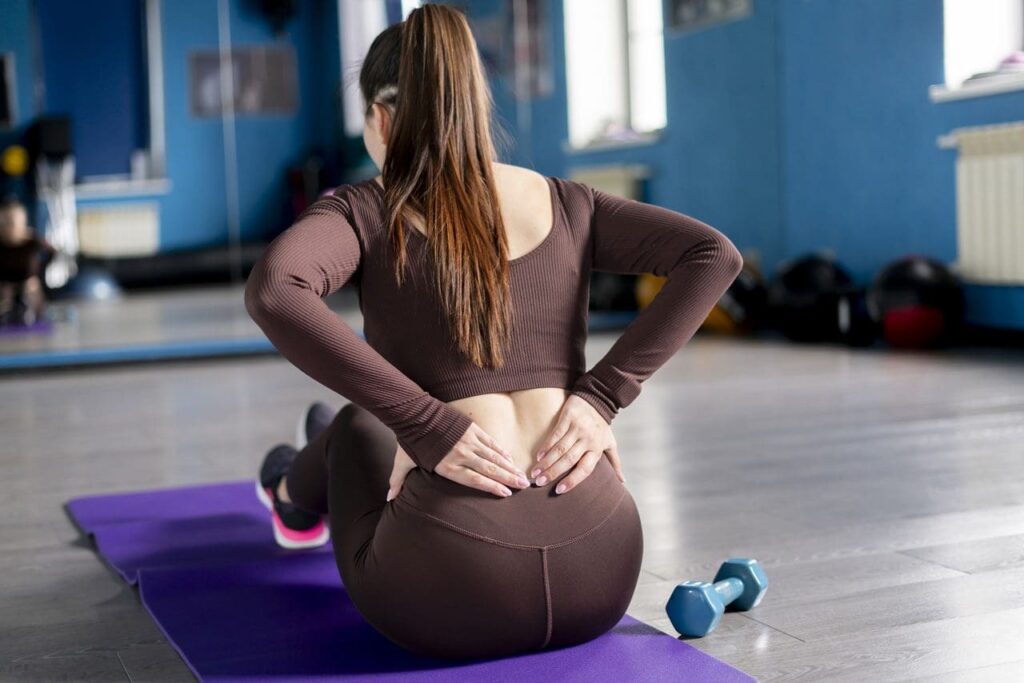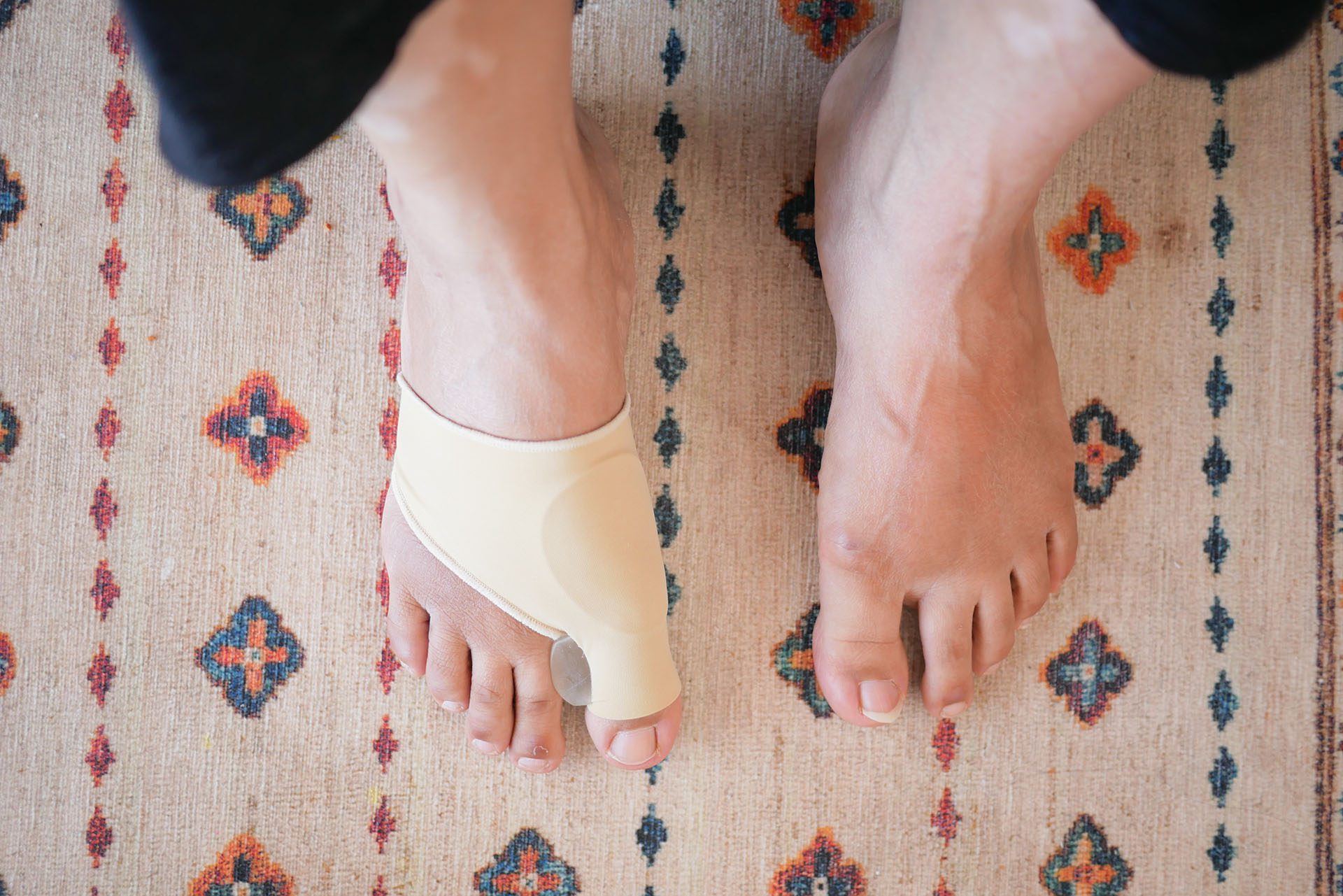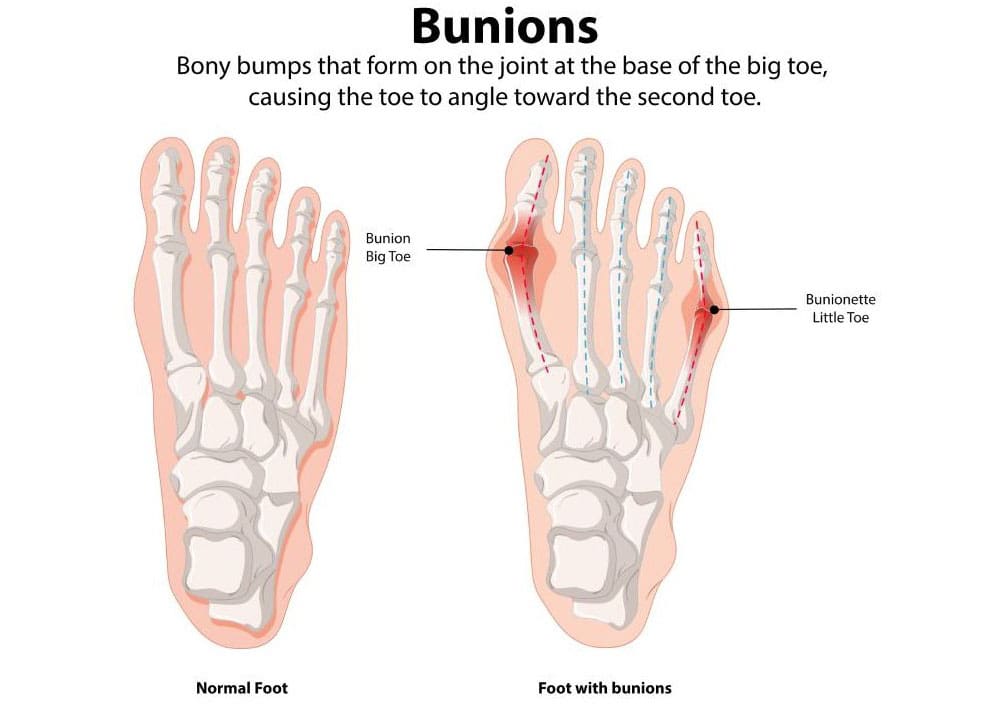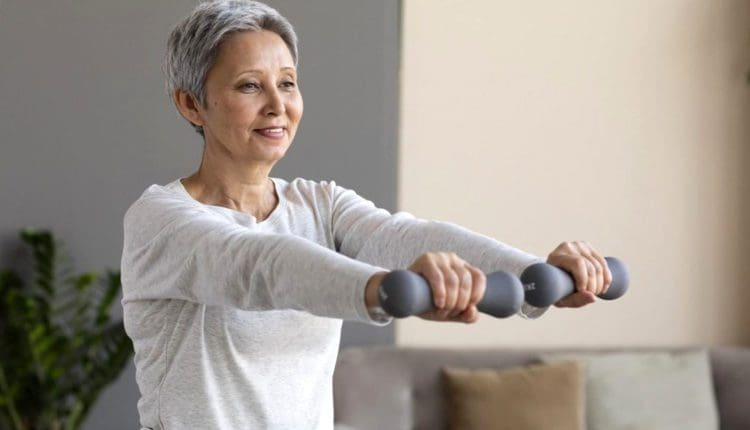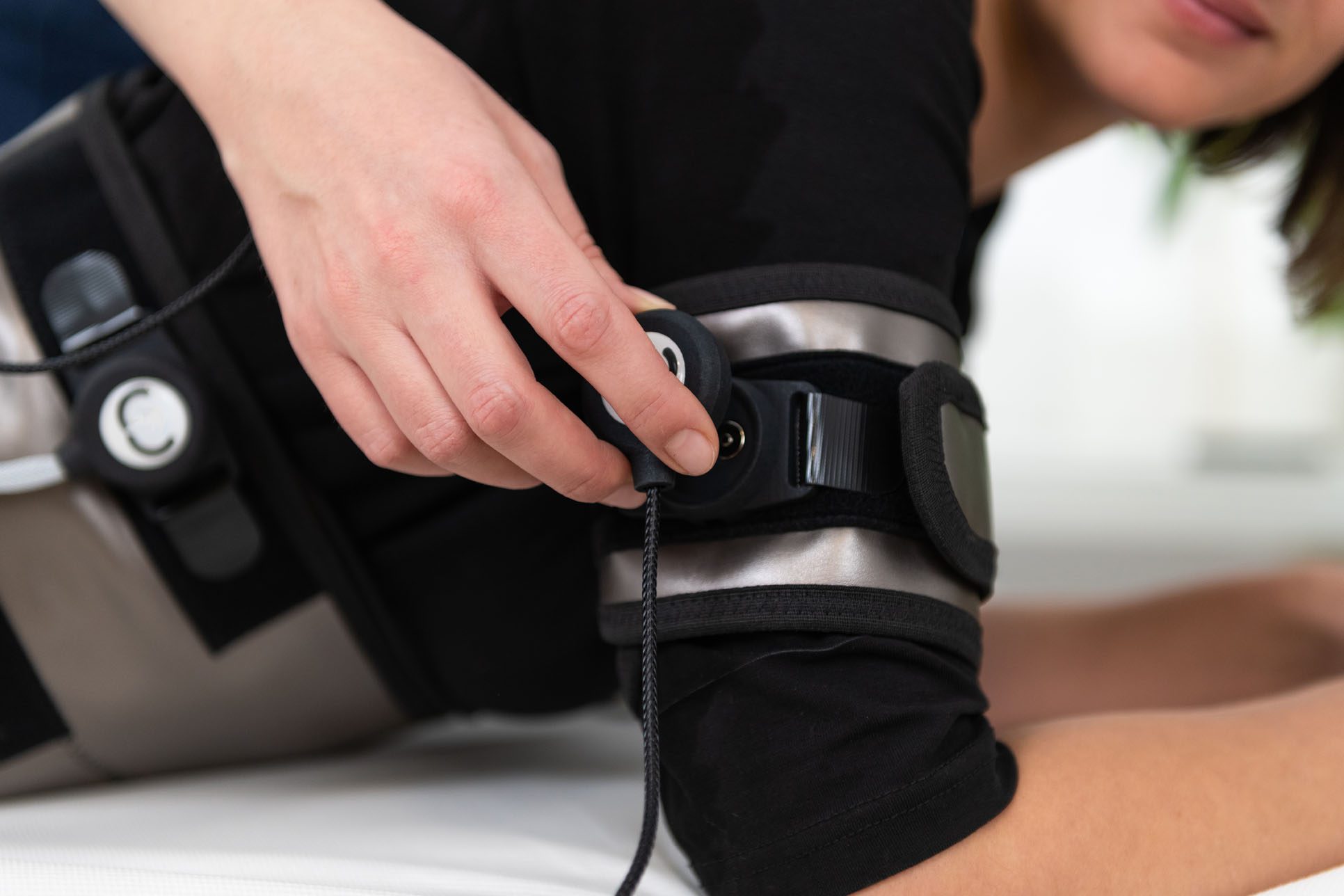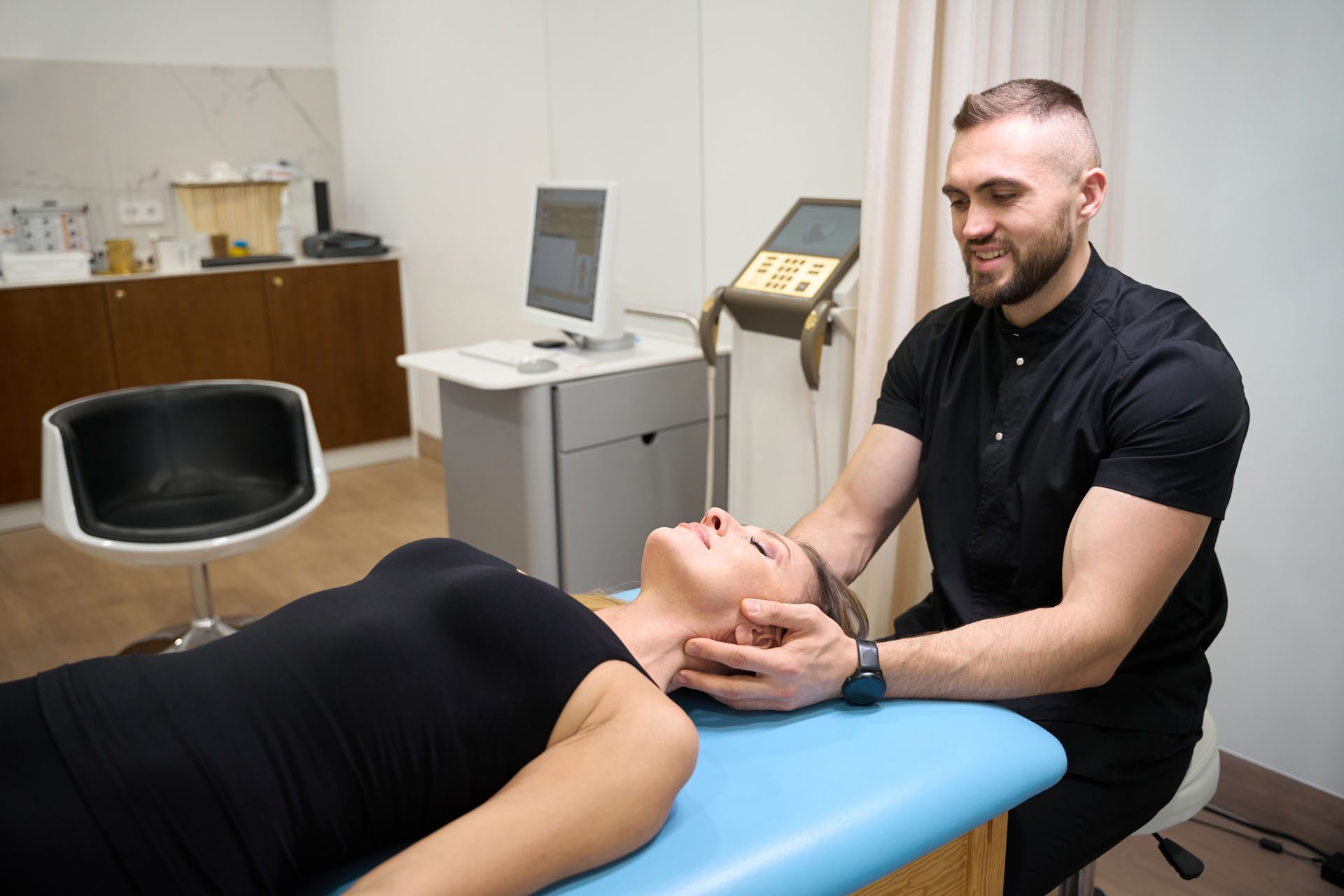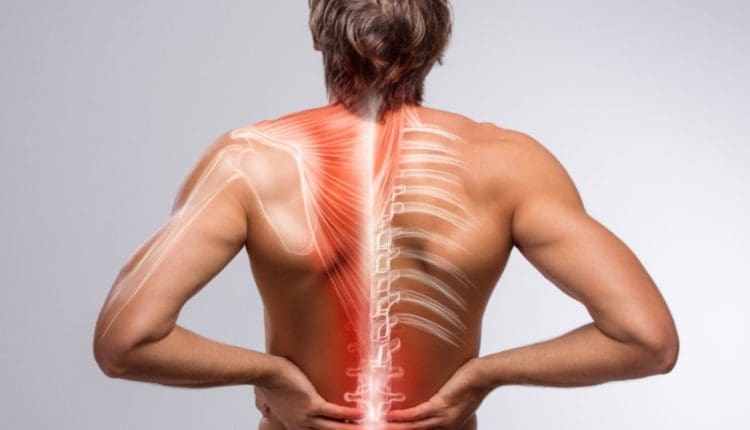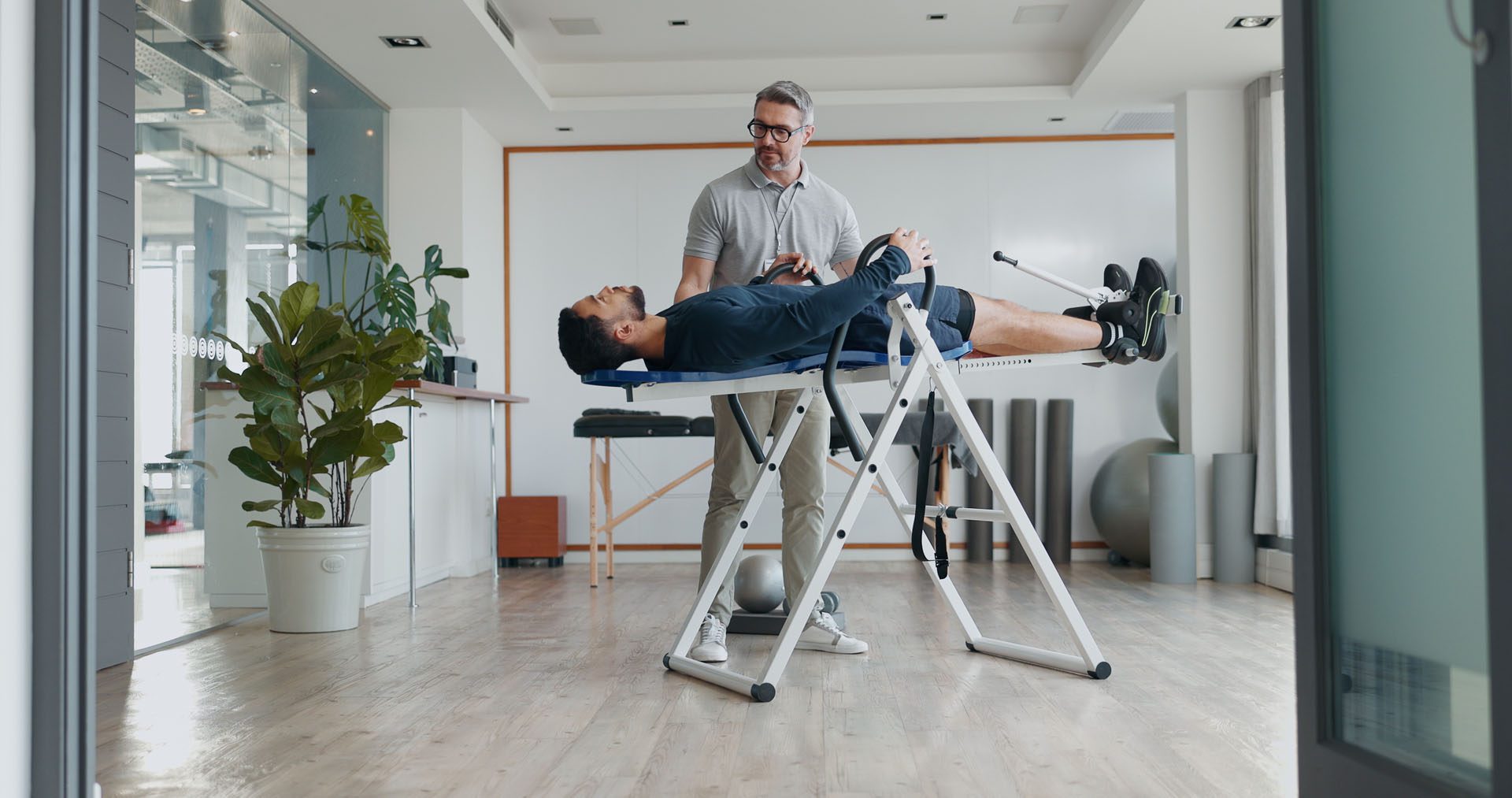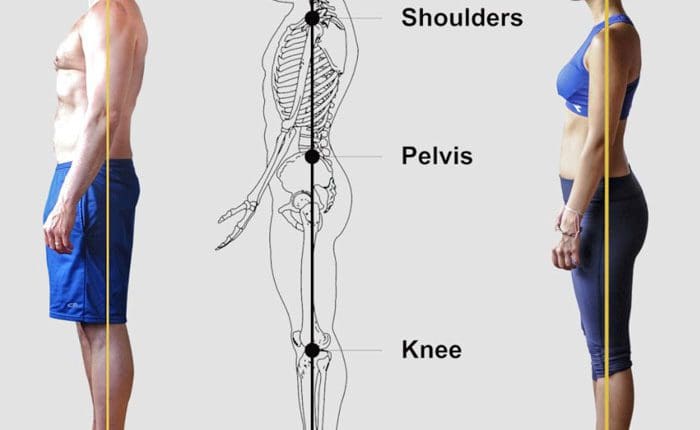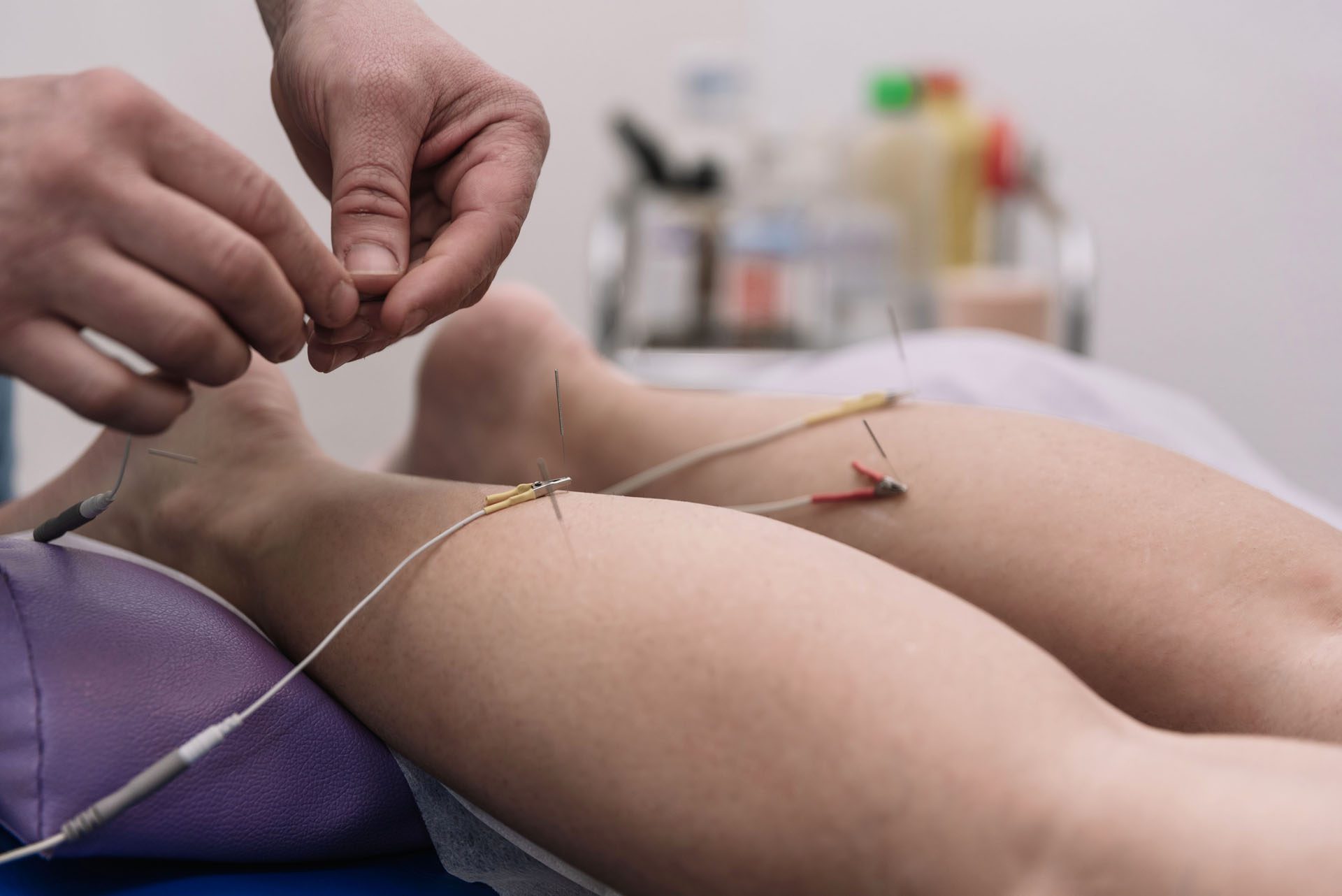Treating Nerve Damage and Pain: ChiroMed’s Comprehensive MVA Care Plan
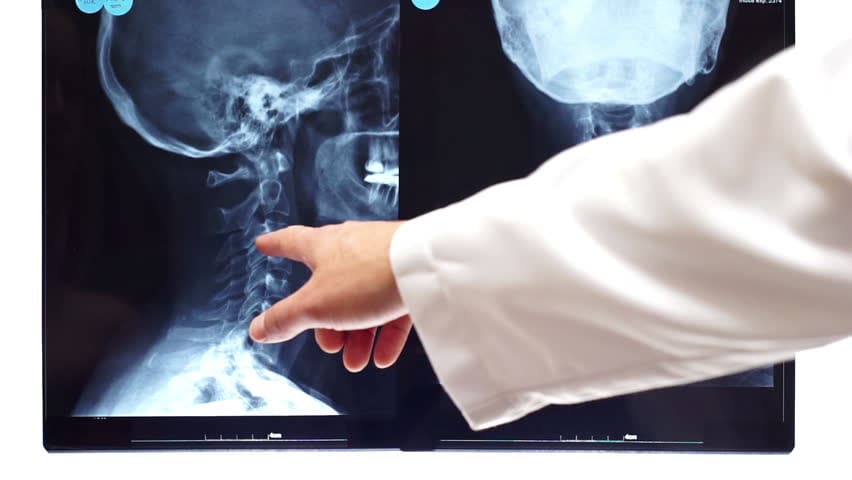
Motor vehicle accidents (MVAs) can lead to serious injuries, including nerve damage, musculoskeletal issues, and chronic back and neck pain. These conditions, such as radiculopathy, peripheral nerve injuries, and whiplash, can cause symptoms like sharp pain, numbness, and weakness, disrupting daily life. At ChiroMed, we specialize in integrative treatment approaches that combine chiropractic care, medical management, acupuncture, and functional medicine to help patients recover fully and regain their quality of life.
This blog post, written at a high school reading level, examines how MVAs can cause nerve damage and related injuries, and how ChiroMed’s holistic care, inspired by experts such as Dr. Alexander Jimenez, DC, APRN, FNP-BC, can promote healing. We’ll also highlight the role of advanced diagnostics and legal documentation for personal injury cases, ensuring patients receive comprehensive support. Optimized for search engines, this guide aims to inform and empower those seeking recovery through ChiroMed’s services.
How Motor Vehicle Accidents Cause Nerve Damage
Car accidents generate sudden forces that can injure the body’s nervous system. Nerves, which act like electrical cables transmitting signals across the body, are vulnerable to trauma from impact, stretching, or compression. At ChiroMed, we see many patients with nerve-related injuries from MVAs, which require prompt care to prevent chronic issues.
Types of Nerve Damage from MVAs
- Peripheral Nerve Injuries
Peripheral nerves, located outside the brain and spinal cord, control sensation and movement in the limbs. MVAs can damage these nerves through direct trauma or stretching, such as in brachial plexus injuries affecting the arm and hand (Mayo Clinic, 2023). Symptoms include:- Tingling or numbness
- Burning or stabbing pain
- Weakness in the affected limb
Peripheral nerve injuries are the most common nerve-related issue after MVAs, often caused by blunt force or cuts (Hoffmann, 2023).
- Radiculopathy
Radiculopathy occurs when nerve roots near the spine are compressed, often due to herniated discs or spinal misalignments from an accident. This can cause sharp, radiating pain, such as sciatica in the lower back, that travels into the arms or legs (Bailey & Greer, 2023). Symptoms include:- Shooting pain
- Numbness or tingling
- Muscle weakness
Whiplash, a common MVA injury, frequently leads to cervical radiculopathy by irritating neck nerve roots (Mayo Clinic, 2023).
- Spinal Cord Injuries
Severe MVAs can damage the spinal cord, causing partial or complete paralysis. Though rare, these injuries are serious, impacting sensation and movement below the injury site due to spinal fractures or dislocations (McGowan & Hood, 2023). Symptoms vary but may include:- Loss of mobility or feeling
- Breathing difficulties
- Loss of bladder control
- Pinched Nerves
Pinched nerves result from pressure exerted by surrounding tissues, such as bones or discs, often triggered by whiplash or spinal misalignments. They cause localized pain, numbness, or weakness, typically in the neck or back (Sally Morin Law, 2023). Without treatment, pinched nerves can become chronic.
Mechanisms of Nerve Damage in MVAs
MVAs cause nerve damage through:
- Direct Impact: Collisions can fracture bones or cause lacerations that harm nerves (Marks & Harrison, 2023).
- Whiplash: Rapid neck motion stretches or compresses nerves, leading to radiculopathy (Mayo Clinic, 2023).
- Compression: Swollen tissues or herniated discs press on nerves, causing pain (BW&G Law, 2023).
- Stretching: Overextension, especially in the shoulder or neck, can injure nerves, such as the brachial plexus (Wexner Medical Center, 2023).
Even minor accidents can cause significant nerve damage if the body is jolted unnaturally. ChiroMed’s team uses advanced diagnostics to identify these injuries and create tailored treatment plans (Eckell & Sparks, 2024).
References
Bailey & Greer. (2023). Most likely types of nerve damage from car accidents. https://www.baileygreer.com/little-rock/blog/most-likely-types-of-nerve-damage-from-car-accidents/
BW&G Law. (2023). Nerve damage after a car accident. https://www.bwglaw.com/blog/nerve-damage-after-a-car-accident/
Eckell & Sparks. (2024). Nerve damage from car accidents. https://www.eckellsparks.com/2024/01/18/nerve-damage-car-accidents/
Hoffmann. (2023). 4 types of nerve injuries you may suffer in a car accident. https://www.hoffmannpersonalinjury.com/4-types-of-nerve-injuries-you-may-suffer-in-a-car-accident/
Marks & Harrison. (2023). Symptoms of nerve damage after a car accident. https://www.marksandharrison.com/blog/symptoms-of-nerve-damage-after-a-car-accident/
Mayo Clinic. (2023). Brachial plexus injury. https://www.mayoclinic.org/diseases-conditions/brachial-plexus-injury/symptoms-causes/syc-20350235
Mayo Clinic. (2023). Whiplash. https://www.mayoclinic.org/diseases-conditions/whiplash/symptoms-causes/syc-20378921
McGowan & Hood. (2023). What to know about nerve damage from car accidents. https://www.mcgowanhood.com/2025/03/10/what-to-know-about-nerve-damage-from-car-accidents/
Sally Morin Law. (2023). Average settlement for nerve damage after a car accident. https://www.sallymorinlaw.com/car-accidents/average-settlement-for-nerve-damage-after-a-car-accident/
Wexner Medical Center. (2023). Nerve damage. https://wexnermedical.osu.edu/orthopedics/hand-and-upper-extremity/nerve-damage
Musculoskeletal and Ligamentous Injuries from MVAs
MVAs also cause musculoskeletal and ligamentous injuries, affecting muscles, bones, joints, and connective tissues. These injuries contribute to back and neck pain, which limits mobility and causes discomfort. ChiroMed’s integrative approach addresses these issues to restore function and prevent chronic pain.
Common Musculoskeletal Injuries
- Whiplash-Associated Disorders
Whiplash, caused by rapid neck movement, strains neck muscles, ligaments, and tendons, leading to pain and stiffness (Mayo Clinic, 2023). It may also trigger headaches, dizziness, or nerve symptoms, such as radiculopathy, which ChiroMed treats effectively. - Sprains and Strains
Sprains (ligament injuries) and strains (muscle or tendon injuries) occur when the body twists or absorbs impact. For instance, a strained back or sprained wrist can result from an MVA’s force (Zanes Law, 2023). - Fractures
High-impact crashes often cause broken bones in the arms, legs, or spine, leading to severe pain and potential surgery (Keeton Law Firm, 2023). ChiroMed collaborates with specialists to provide comprehensive care. - Herniated Discs
The force of an MVA can rupture spinal discs, pressing on nerves and causing back or neck pain, as well as radiculopathy symptoms (BW&G Law, 2023). ChiroMed’s spinal decompression therapy helps relieve this pressure.
Ligamentous Injuries
Ligaments stabilize joints, but MVAs can stretch or tear them, causing pain and instability. Examples include:
- Knee Ligament Tears: Twisting injuries can damage the ACL or MCL (Wexner Medical Center, 2023).
- Spinal Ligament Injuries: Damage to spinal ligaments contributes to chronic back or neck pain (El Paso Back Clinic, 2023).
Back and Neck Pain
Back and neck pain are common post-MVA complaints, often stemming from combined nerve, muscle, and ligament injuries:
- Lower Back Pain: Herniated discs or muscle strains cause persistent discomfort (Marks & Harrison, 2023).
- Neck Pain: Whiplash or pinched nerves lead to chronic pain and limited motion (Mayo Clinic, 2023).
ChiroMed’s treatments target these issues to prevent long-term complications, enabling patients to return to their normal activities.
References
BW&G Law. (2023). Nerve damage after a car accident. https://www.bwglaw.com/blog/nerve-damage-after-a-car-accident/
El Paso Back Clinic. (2023). Comprehensive guide to ligamentous injuries and sciatica from motor vehicle accidents. https://ceb.elpasobackclinic.com
Keeton Law Firm. (2023). Types of nerve damage associated with car accidents. https://www.keetonlawfirm.com/blog/2025/05/types-of-nerve-damage-associated-with-car-accidents/
Marks & Harrison. (2023). Symptoms of nerve damage after a car accident. https://www.marksandharrison.com/blog/symptoms-of-nerve-damage-after-a-car-accident/
Mayo Clinic. (2023). Whiplash. https://www.mayoclinic.org/diseases-conditions/whiplash/symptoms-causes/syc-20378921
Wexner Medical Center. (2023). Nerve damage. https://wexnermedical.osu.edu/orthopedics/hand-and-upper-extremity/nerve-damage
Zanes Law. (2023). What type of nerve damage could happen in a car accident? https://zaneslaw.com/faq/what-type-of-nerve-damage-could-happen-car-accident/
ChiroMed’s Integrative Treatment Approach
At ChiroMed, we believe in treating the whole person, not just the injury. Our integrative approach combines chiropractic care, medical oversight, acupuncture, and functional medicine to comprehensively address MVA-related injuries, drawing inspiration from leaders like Dr. Alexander Jimenez.
Chiropractic Care at ChiroMed
Chiropractic care is a cornerstone of our practice, focusing on spinal and joint alignment to relieve nerve pressure and restore mobility. Our techniques include:
- Spinal Adjustments: Correct misalignments to reduce pain and improve function, effective for whiplash and radiculopathy (ChiroMed, 2023).
- Spinal Decompression: Non-surgical therapy to relieve disc pressure, aiding sciatica and herniated disc recovery (ChiroMed, 2023).
- Rehabilitation Exercises: Strengthen muscles to prevent re-injury and enhance long-term mobility (ChiroMed, 2023).
Our chiropractors tailor treatments to each patient, ensuring safe, non-invasive relief from pain and dysfunction.
Medical Management
ChiroMed’s medical team, which includes nurse practitioners, provides thorough assessments and coordinates patient care. Services include:
- Diagnosing nerve and musculoskeletal injuries using advanced tools.
- Prescribing physical therapy or medications when needed.
- Collaborating with specialists for severe cases, like spinal cord injuries.
This medical oversight ensures all aspects of a patient’s health are addressed, aligning with Dr. Jimenez’s holistic model (Jimenez, 2023).
Acupuncture
Acupuncture complements chiropractic care by reducing pain and promoting healing. At ChiroMed, our licensed acupuncturists:
- Use needles to stimulate the release of endorphins, which can ease inflammation and pain (El Paso Back Clinic, 2023).
- Improve blood flow to injured areas, speeding recovery.
- Relieve muscle tension, ideal for whiplash and back pain.
Acupuncture enhances our integrative approach, offering drug-free pain relief.
Functional Medicine
Functional medicine at ChiroMed addresses underlying health issues that may slow recovery. We:
- Evaluate nutritional, hormonal, and metabolic imbalances.
- Create personalized diet and lifestyle plans to reduce inflammation.
- Utilize diagnostics, such as blood tests, to identify factors that affect nerve health (Jimenez, 2019).
This approach helps patients with chronic pain or conditions like fibromyalgia recover more effectively.
References
ChiroMed. (2023). Services. https://chiromed.com/services/
El Paso Back Clinic. (2023). Comprehensive guide to ligamentous injuries and sciatica from motor vehicle accidents. https://ceb.elpasobackclinic.com
Jimenez, A. (2019). Functional medicine – Neurological health. https://elpasobackclinic.com/functional-medicine-neurological-health/
Jimenez, A. (2023). Why choose Dr. Alex Jimenez for your care. https://elpasobackclinic.com/why-choose-dr-alex-jimenez-for-your-care/
ChiroMed’s Expertise in Diagnostics and Legal Support
ChiroMed’s commitment to excellence mirrors Dr. Jimenez’s approach, using advanced diagnostics and comprehensive documentation to support MVA patients, including those pursuing personal injury claims.
Advanced Diagnostics
Accurate diagnosis is key to effective treatment. ChiroMed employs:
- MRI and CT Scans: Detect soft tissue damage, herniated discs, and fractures (ChiroMed, 2023).
- Dual-Scope Assessments: Combine chiropractic and medical evaluations to create a comprehensive injury profile.
- Neurological Testing: Identifies nerve dysfunction, guiding targeted therapies.
These tools ensure precise treatment plans, maximizing recovery outcomes.
Legal Documentation for Personal Injury
ChiroMed supports patients in personal injury cases by:
- Providing detailed medical reports linking injuries to the MVA, backed by imaging and clinical findings.
- Collaborating with attorneys to meet legal documentation standards.
- Offering expert consultations to explain injuries in legal proceedings.
Our thorough documentation helps patients secure fair compensation, ensuring their recovery is fully supported (Jimenez, 2023).
References
ChiroMed. (2023). Services. https://chiromed.com/services/
Jimenez, A. (2023). Why choose Dr. Alex Jimenez for your care. https://elpasobackclinic.com/why-choose-dr-alex-jimenez-for-your-care/
Benefits of Choosing ChiroMed for MVA Recovery
ChiroMed’s integrative approach offers numerous benefits for MVA patients:
- Comprehensive Care: Addresses physical, neurological, and systemic issues for holistic healing (ChiroMed, 2023).
- Non-Invasive Solutions: Reduces reliance on drugs or surgery, minimizing risks (El Paso Back Clinic, 2023).
- Accelerated Recovery: Combines therapies to restore mobility and reduce pain faster (ChiroMed, 2023).
- Personalized Plans: Tailors treatments to individual needs, improving outcomes (Jimenez, 2023).
- Chronic Pain Prevention: Early intervention stops acute injuries from becoming chronic (Marks & Harrison, 2023).
For example, a patient with whiplash might receive chiropractic adjustments, acupuncture for pain relief, and nutritional guidance to support healing, all under one roof at ChiroMed.
References
ChiroMed. (2023). Services. https://chiromed.com/services/
El Paso Back Clinic. (2023). Comprehensive guide to ligamentous injuries and sciatica from motor vehicle accidents. https://ceb.elpasobackclinic.com
Jimenez, A. (2023). Why choose Dr. Alex Jimenez for your care. https://elpasobackclinic.com/why-choose-dr-alex-jimenez-for-your-care/
Marks & Harrison. (2023). Symptoms of nerve damage after a car accident. https://www.marksandharrison.com/blog/symptoms-of-nerve-damage-after-a-car-accident/
Challenges and Considerations
While ChiroMed’s approach is highly effective, patients should consider:
- Access: Although integrative care may be limited in some areas, ChiroMed serves a wide region.
- Insurance: Some therapies, such as acupuncture, may require out-of-pocket expenses; however, we work to maximize coverage.
- Injury Severity: Severe cases may need surgical consultation, which we coordinate with specialists.
Consulting with ChiroMed’s team ensures a treatment plan tailored to your needs, with regular follow-ups to monitor your progress.
Conclusion
Motor vehicle accidents can cause debilitating nerve damage, musculoskeletal injuries, and chronic pain, but recovery is possible with the right care. At ChiroMed, our integrative approach—combining chiropractic care, medical management, acupuncture, and functional medicine—addresses the root causes of MVA injuries, promoting faster, more complete healing. Inspired by experts like Dr. Alexander Jimenez, we use advanced diagnostics and thorough documentation to support patients, including those navigating personal injury claims.
If you’ve been injured in an MVA, trust ChiroMed to guide you toward recovery. Contact us at https://chiromed.com/ to schedule a consultation and start your journey to wellness today.
References
Bailey & Greer. (2023). Most likely types of nerve damage from car accidents. https://www.baileygreer.com/little-rock/blog/most-likely-types-of-nerve-damage-from-car-accidents/
BW&G Law. (2023). Nerve damage after a car accident. https://www.bwglaw.com/blog/nerve-damage-after-a-car-accident/
ChiroMed. (2023). Services. https://chiromed.com/services/
Eckell & Sparks. (2024). Nerve damage from car accidents. https://www.eckellsparks.com/2024/01/18/nerve-damage-car-accidents/
El Paso Back Clinic. (2023). Comprehensive guide to ligamentous injuries and sciatica from motor vehicle accidents. https://ceb.elpasobackclinic.com
Hoffmann. (2023). 4 types of nerve injuries you may suffer in a car accident. https://www.hoffmannpersonalinjury.com/4-types-of-nerve-injuries-you-may-suffer-in-a-car-accident/
Jimenez, A. (2019). Functional medicine – Neurological health. https://elpasobackclinic.com/functional-medicine-neurological-health/
Jimenez, A. (2023). Why choose Dr. Alex Jimenez for your care. https://elpasobackclinic.com/why-choose-dr-alex-jimenez-for-your-care/
Keeton Law Firm. (2023). Types of nerve damage associated with car accidents. https://www.keetonlawfirm.com/blog/2025/05/types-of-nerve-damage-associated-with-car-accidents/
Marks & Harrison. (2023). Symptoms of nerve damage after a car accident. https://www.marksandharrison.com/blog/symptoms-of-nerve-damage-after-a-car-accident/
Mayo Clinic. (2023). Brachial plexus injury. https://www.mayoclinic.org/diseases-conditions/brachial-plexus-injury/symptoms-causes/syc-20350235
Mayo Clinic. (2023). Whiplash. https://www.mayoclinic.org/diseases-conditions/whiplash/symptoms-causes/syc-20378921
McGowan & Hood. (2023). What to know about nerve damage from car accidents. https://www.mcgowanhood.com/2025/03/10/what-to-know-about-nerve-damage-from-car-accidents/
Sally Morin Law. (2023). Average settlement for nerve damage after a car accident. https://www.sallymorinlaw.com/car-accidents/average-settlement-for-nerve-damage-after-a-car-accident/
Wexner Medical Center. (2023). Nerve damage. https://wexnermedical.osu.edu/orthopedics/hand-and-upper-extremity/nerve-damage
Zanes Law. (2023). What type of nerve damage could happen in a car accident? https://zaneslaw.com/faq/what-type-of-nerve-damage-could-happen-car-accident/



